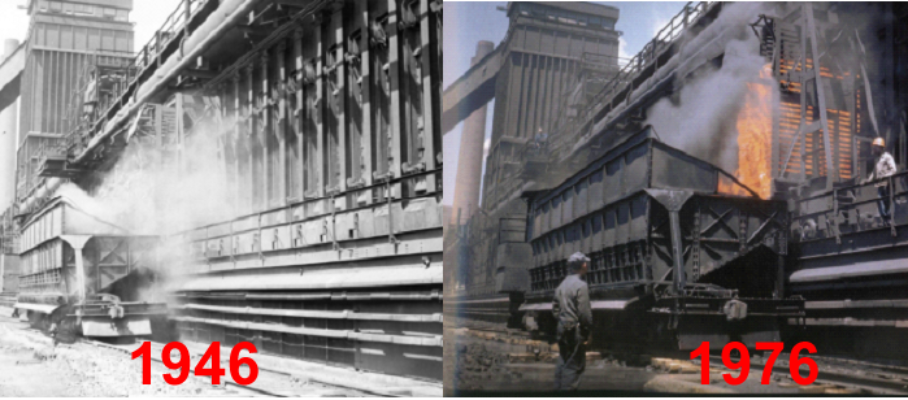Nov 9 2011
More Flak on Lean Based on the Same Survey
Managing Automation published another response to the same study that claims to show that Lean does not work: Lean Manufacturing and Operation Excellence: Not Worth Their Weight?
As described in the press and their own press release, the AlixPartners study commingles Lean with “Six Sigma and other productivity programs,” which raises the following issues:
- Lean Manufacturing is based on the Toyota Production System, which includes neither Six Sigma nor Operation Excellence nor “other productivity programs,” whatever those may be.
- Lean Manufacturing is not a “productivity program,” but the pursuit of concurrent improvement in quality, productivity, delivery, safety, and morale. I know I am repeating myself, but it needs to be said until the leaders of manufacturing companies hear it.
If these press accounts are correct, the survey confuses Lean with other approaches in an open-ended list, misstates its purpose, and considers exclusively metrics of cost reduction.
The effectiveness of Lean is not an easy subject to study. Should we survey all the companies that claim to be Lean, have a Lean program in place, have been certified Lean by some external authority, or are top performers in their industry? Once we agree on this, we still need yardsticks to quantify both the effort they put into Lean and the rewards from it.
I took a stab at it a few years ago, and did my own analysis, the results of which were published as a Viewpoint in Manufacturing Engineering in 2006. I chose 40 winners of the Shingo Prize and searched Hoovers Online, for comparative performance data with their 400 top competitors. On the average, the data did not show that the Shingo Prize predicted any advantage in profitability, market share or employment growth. The AlixPartner press release says roughly the same thing, but I see it as reflecting on the Shingo Prize itself, not Lean.
The Shingo Prize is supposed to be the “Nobel Prize for Manufacturing,” but what are the criteria used to award it? You can download the Shingo Prize Guidelines and see for yourself. A team of Shingo Prize auditors visits the plants and awards points to measure “the degree to which the behaviors in an organization are aligned with the principles of operational excellence.” In other words, the plants are measured on process compliance. They score points for practices they have in place. It is like measuring chess players on the number of pawns they move, and is correlated to victory like the Shingo Prize to business performance.
Toyota did not grow based on a compliance checklist. When I visit a plant, based on what I see and what people tell me, I can form an opinion as to whether they are among the few that have the spirit of Lean or the many that are going through the motions. But I don’t know how to generate a checklist that could be systematically applied to arrive at such a conclusion, and, desirable though it may be, I don’t believe a real survey is feasible.
Jamie Flinchbaugh doesn’t like sports metaphors, but I can’t resist one here. Usain Bolt is the fastest man alive. Let us assume somebody publishes a book entitled “The Running Secrets of Usain Bolt.” How Usain Bolt actually trains is probably not trivial and certainly involves sustained effort and ferocious discipline. The author of the book, however, is concerned that a stern, eat-your-vegetables message would hurt sales, and focuses instead on easier topics, like shoes. As a result, kids flock to shoe stores thinking that wearing these shoes will make them fast, but the real ones are too expensive, so they buy cheap imitations instead. Six months later, based on their responses, a survey concludes that Usain Bolt’s methods don’t work.
Most Lean programs today are to serious implementations as cheap imitation shoes are to the training of Usain Bolt. Where they may succeed is in ruining the reputation of Lean. It is bound to happen sooner or later. As a brand, Lean has had a 22-year run so far, already longer than I expected.






Nov 10 2011
Filipino journalist compares Steve Jobs to Taiichi Ohno
Via Scoop.it – lean manufacturing
TOYOTA City, Japan — Even Steve Jobs, the management maverick and incurable tyrant knew that the best and time-tested strategy is none other than regularly securing the best possible ideas from workers than follow the dictates of a corporate…
Via www.bworldonline.com
Share this:
Like this:
By Michel Baudin • Press clippings 0 • Tags: Lean, Toyota